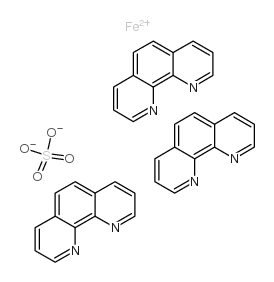Controlled excitations of the Belousov-Zhabotinsky reaction: Experimental procedures.
Catalina Peralta, Claudia Frank, Alex Zaharakis, Carolyn Cammalleri, Matthew Testa, Stephen Chaterpaul, Christian Hilaire, Daniel Lang, Daniel Ravinovitch, Sabrina G Sobel, Harold M Hastings
文献索引:J. Phys. Chem. A 110(44) , 12145-9, (2006)
全文:HTML全文
摘要
The purpose of this research was to explore the unstirred, ferroin-catalyzed Belousov-Zhabotinsky (BZ) reaction as an experimental model for the response of excitable media to small perturbations (slightly larger than the threshold for excitations). Following Showalter et al. (Showalter, K.; Noyes, R. M.; Turner, H. J.Am. Chem. Soc. 1979, 101, 7463-69), we used a positively biased silver electrode to release silver ions into a BZ reaction mixture, removing bromide ions and causing an excitation if sufficient bromide was removed. We found (1) a scaling region in which the delay before activation increased linearly as the size of the perturbation decreased, qualitatively consistent with but not fully explained by the Oregonator of Field et al. (Field, R. J.; Körõs, E.; Noyes, R. M. J. Am. Chem. Soc. 1972, 94, 8649-64); (2) evidence for a 10 s oligomerization time scale; and (3) that activations were always delayed until after the end of a pulse of current, with the delay essentially constant for sufficiently long pulses, an effect not seen in simple ODE models but consistent with the anomalously large current apparently required for activation (Showalter, K.; Noyes, R. M. J. Am. Chem. Soc. 1976, 98, 3730-31) and explainable by bromide transport. Overall, the BZ system appeared to be well-suited as an experimental prototype, despite its complexity.
相关化合物
| 结构式 | 名称/CAS号 | 分子式 | 全部文献 |
|---|---|---|---|
 |
试亚铁灵
CAS:14634-91-4 |
C36H24FeN6O4S |
|
Spectrophotometric determination of EDTA in aqueous solution...
2013-04-01 [Chemosphere 91(3) , 351-7, (2013)] |
|
Effect of gravity field on the nonequilibrium/nonlinear chem...
2001-01-01 [Adv. Space Res. 28(4) , 537-43, (2001)] |
|
Nonequilibrium / nonlinear chemical oscillation in the virtu...
1999-01-01 [Adv. Space Res. 23(12) , 2057-63, (1999)] |
|
Coexistence of two bifurcation regimes in a closed ferroin-c...
2005-02-24 [J. Phys. Chem. A 109(7) , 1374-81, (2005)] |
|
Fluorescence studies of ternary complexes of Europium and Te...
2006-11-01 [Spectrochim. Acta. A. Mol. Biomol. Spectrosc. 65(3-4) , 993-6, (2006)] |